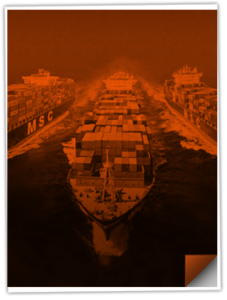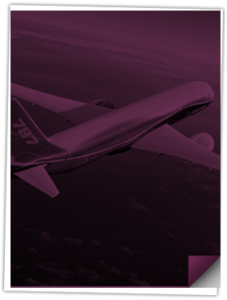Tail Gate Exam in U.S. Customs Explained
What is a Tail Gate Exam?
A Tail Gate Exam is a customs inspection performed by U.S. Customs and Border Protection (CBP) in which an officer opens the back (tailgate) of a shipping container or trailer to visually inspect the cargo without unloading it. It is one of the least invasive types of customs exams, usually conducted at the port or terminal.
Tail Gate Exams are typically used to verify documentation, check for prohibited goods, or ensure there are no obvious violations before release.
Why Is a Tail Gate Exam Ordered?
CBP may order a Tail Gate Exam if:
- The shipment appears suspicious or randomly selected
- Paperwork (e.g., bill of lading, commercial invoice) seems inconsistent
- The cargo is listed under a high-risk commodity
- The importer has a history of non-compliance or flagged shipments
What Happens During a Tail Gate Exam?
- CBP opens the rear doors of the container
- Conducts a visual inspection (no devanning or unloading)
- May examine labeling, packaging, or visible contents
- If further concerns arise, CBP may escalate to a more detailed exam (e.g., NII or CET exam)
Costs and Delays
- The importer is responsible for any associated costs, such as drayage or port handling fees
- Tail Gate Exams may cause delays of 1–3 days, depending on port congestion and exam capacity
Example in Practice
A container of electronics arrives at the Port of New York. CBP flags it for a Tail Gate Exam due to documentation inconsistencies. After a quick visual check confirms the cargo matches the paperwork, the container is released the next day.



